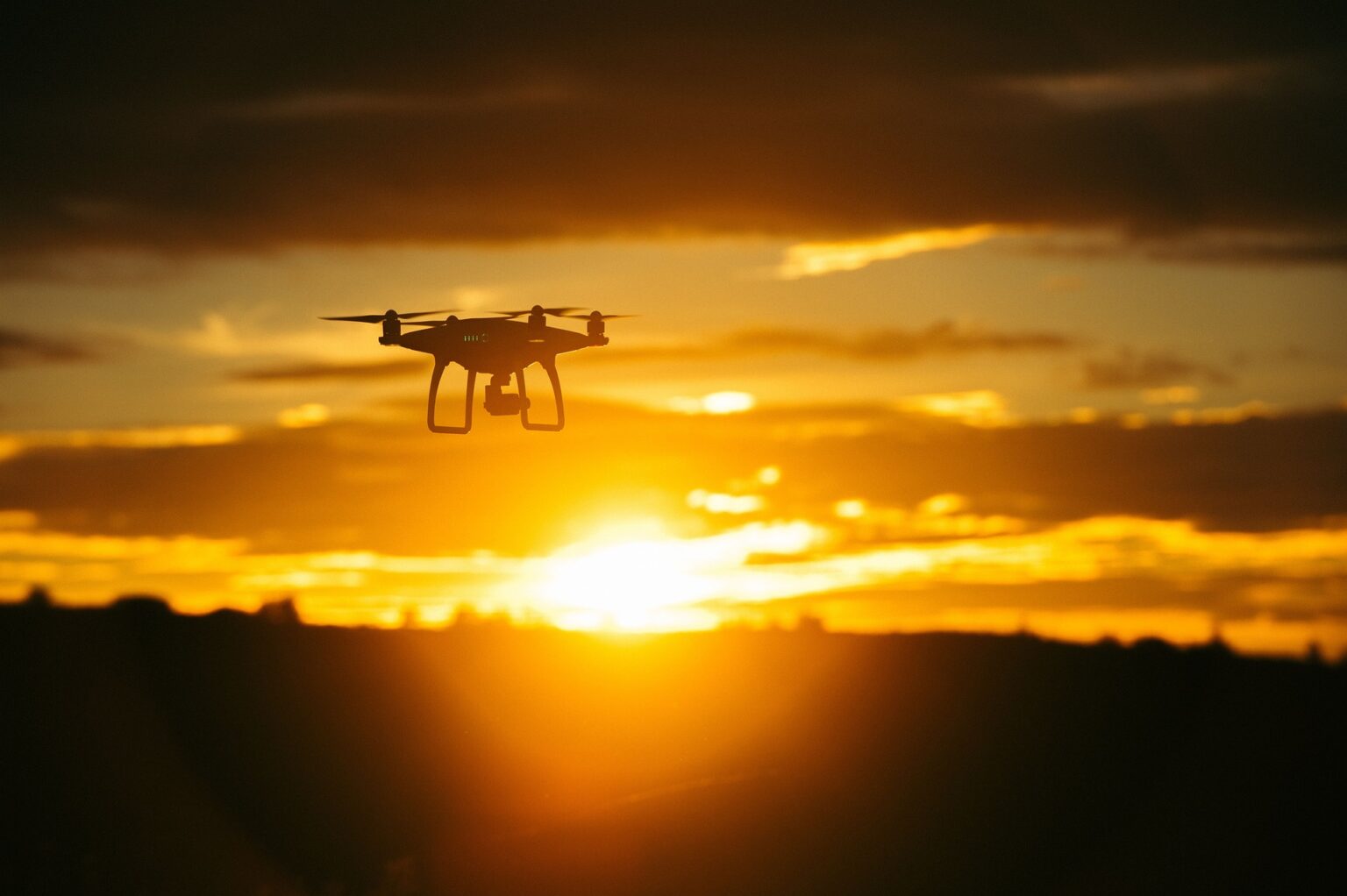Trust Stamp’s recent partnership with Boumarang has been heralded as a significant step forward in integrating AI-powered technologies with hydrogen-powered drones.
The projected expansion of the global drone market, growing at a CAGR of 25% from 2024 to 2031, paints an optimistic picture. However, the integration of hydrogen power and AI technology is still in its nascent stages, and the path to widespread adoption is fraught with technical, regulatory, and market acceptance challenges. While the benefits of hydrogen-powered drones, such as longer flight times and reduced environmental impact, are notable, they are not without significant hurdles, particularly in the areas of infrastructure and cost.
Trust Stamp’s contribution of advanced computer vision and AI technologies is positioned as a game-changer in this partnership. Yet, it’s worth questioning whether this move represents a strategic expansion into a new market or a speculative venture with uncertain returns. The licensing agreement, while lucrative in the short term, hinges on Boumarang’s success in a highly competitive and evolving market. The reliance on an independent valuation of the securities received also introduces potential volatility in Trust Stamp’s reported income.
Boumarang’s leadership team, with its deep experience in military, engineering, and science, is undoubtedly a strength. However, their ambition to “set a new standard in the drone industry” by combining sustainable energy with advanced AI raises questions about scalability and execution. The market’s response to hydrogen-powered UAVs, particularly in critical sectors like search and rescue or logistics, will ultimately determine whether Boumarang can live up to its own expectations or if these claims are more aspirational than achievable.
